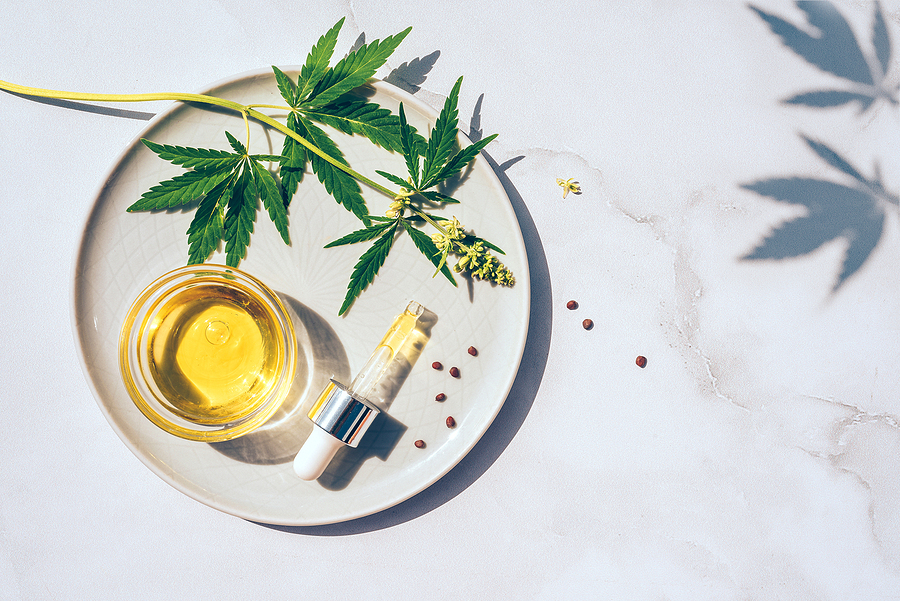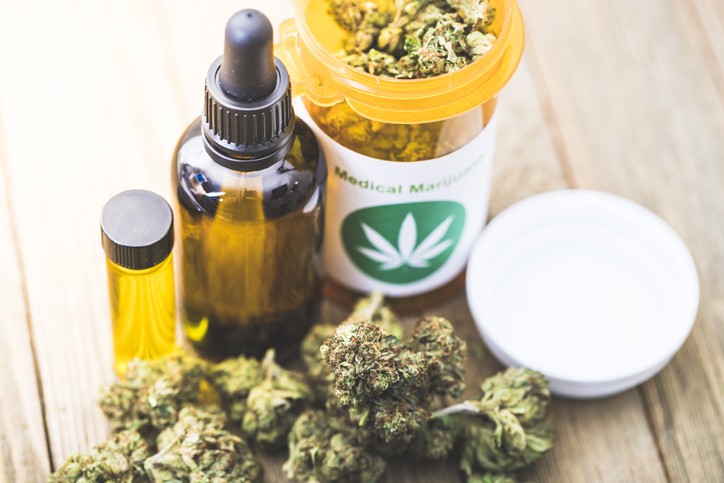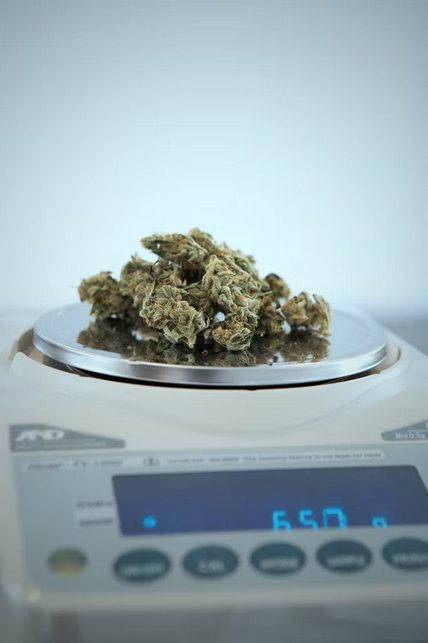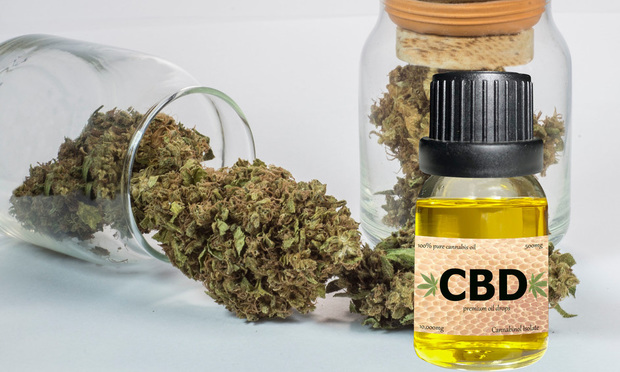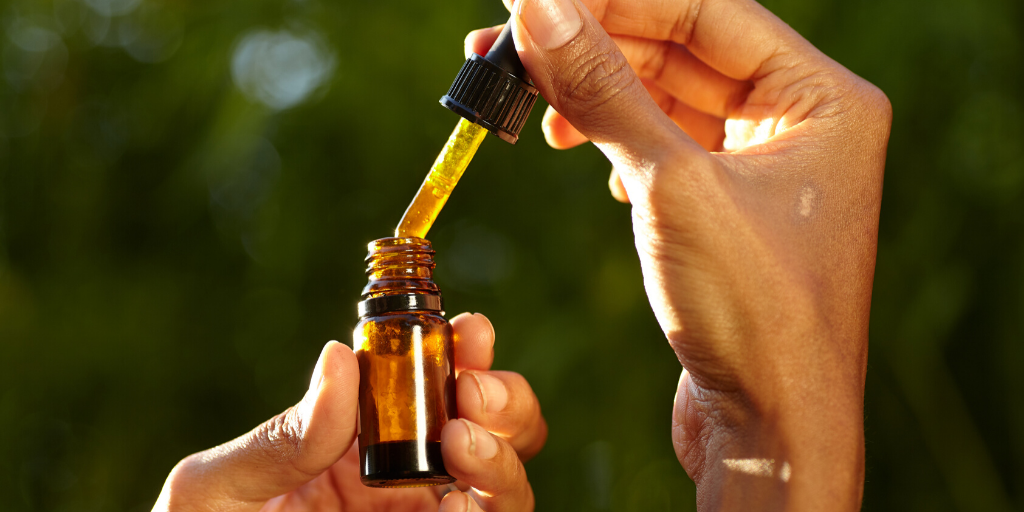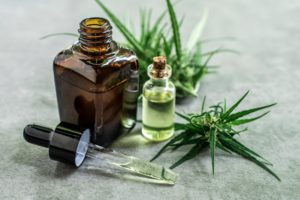When people learn about tincture burns under the tongue, they are often surprised to hear that there are two different types. While tincture ointments are in demand for their ability to treat and even cure oral thrush, there are a third group of oral malodor victims who prefer the application of tinctures to the application of antifungals like Nystatin. Both types of agents are applied to the tongue or the rear of the mouth, but some people find that one is more effective than the other. This has to do with differences in how the oral malodor sufferers take care of their problem.
Sublingual tincture: (tincture ointment) burns under the tongue just as the name suggests – it burns. It also causes the same sort of inflammation, which is why people often have trouble deciding which type to use. One of the reasons it may be easier to decide on tincture over antifungal medication is because tincture is ingested, while the latter must be applied sublingually. This means that, unlike antifungal drugs, it does not stay in the throat where it will do most of its work but travels down the entire tongue. The burning effect is also distributed throughout the entire tongue.
Another alternative to applying tincture: directly to the tongue is to use a special oral agent that is made specifically for this purpose. Burn under the tongue, when it comes to antifungals, occurs when the Candida fungi that are responsible produce a sulfur compound that is toxic to the cells of the tongue and nasal mucosa. These cells produce mucin, which is what becomes the red-purple lesions that we know of as oral thrush. Some of the oral malodor treatment options are antifungal drugs and natural remedies. One of the better ones is a product called cbd oil tincture, which has a pleasant, sweet-smelling scent that some people find very alluring.
People who prefer to use and tincture: as an oral remedy for burning, rather than ingesting it sublingually, should try a product called Flowering Buddha. This product is made from oils derived from the flower of the same name. While it can be ingested orally, it’s recommended that topical applications be avoided due to the possibility of potent side effects. Because it has a very sweet, almost fruity aroma, tincture is usually diluted with a carrier oil before application to the tongue. It’s also important to dilute it with a carrier oil that is safe for the mouth.
Other than those who choose to ingest orally: those who want to use and tinctures to treat burn in the throat and other types of sore throats can try topical applications made with thc. Since most topical applications are applied on the back of the tongue, most people can’t taste it. However, it may be noticeable if the tincture is rubbed on the back of the throat when swallowing. People who don’t like the taste of concentrated cannabis tinctures should purchase less concentrated tinctures, which are available in vapor form and in spray bottle form.
When using either vapor or spray cannabis tincture: it’s important to remember to keep it on the tongue for the entire duration of treatment. Don’t take it off the tongue, unless you’re ready to exhale. It’s common for people to keep the tincture on the tongue for up to thirty seconds while taking a breath or a sip of water. Inhaling through the mouth isn’t necessary because you can inhale through the nose with a full spectrum inhaler. However, exhaling through the nose is recommended so that you avoid inhaling another substance into your lungs.
This way, you minimize the likelihood of experiencing dizziness, nausea, burning, swelling, and inflammation.




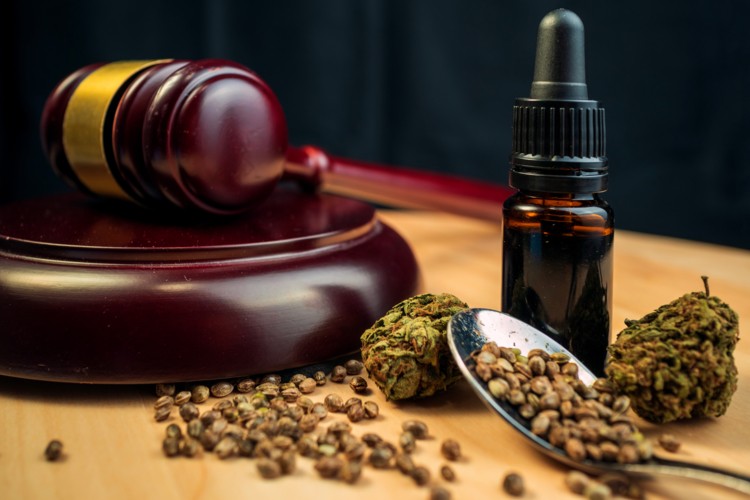
 Smith Green
Smith Green